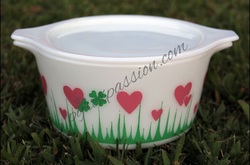 Photo courtesy of eBay seller seahoney1.
Photo courtesy of eBay seller seahoney1. as the holy grail of Pyrex, the Lucky in Love 473 1 Qt Round Casserole, went up
for auction. Not since Sotheby's sold Picasso's Le Reve for $155M has an item garnered this much attention. Ok, perhaps that's a slight exaggeration.
Nonetheless, online social sites like the Pyrex Passion facebook group lit up as the final minutes of the auction counted down. Collectors across North America and as far as England watched... and waited.
Let the Auction Begin
As the top bid stayed put at $1,125 for two days, questions started to circulate in the online social networking sites: Who was the seller? Why was she selling? Who was the highest
bidder? What if they didn't pay? How much would insurance cost? What would be the winning bid? Scandal and speculation ensued.
The day before the auction ended, bidding had inched up to $1,275.54. Looks like that $.54 was a winning strategy, but it didn’t last long. As the “15-minutes left on your watched item” alarms went off around the world, collectors hushed their families, grabbed multiple mobile devices to keep an eye on the auction and chat simultaneously and watched the drama unfold. And then, it happened…
History of the Lucky in Love Casserole
In 1958 and 1959, Corning started releasing seasonal promotional items. In 1959, Corning released the first 470 set consisting of 471, 472 and 473 round casseroles in the Pink Butterprint design. The round casserole shape was new and proved so successful that the casseroles were quickly offered on all standard patterns of the time: Turquoise Butterprint and Pink Gooseberry.
Unfortunately, the Lucky in Love design was not produced for mass market sales. As shown in the photo above, the green color of the grass bleeds through the pink heart design. This would likely not pass the quality standards at Corning for Consumer Products. The few samples of the casseroles that remain were likely discarded and taken home by employees. The Corning Museum of Glass has the original bowl used to test the green pattern in their collection in Corning, NY.
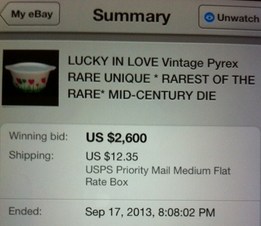
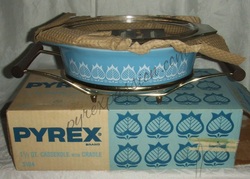
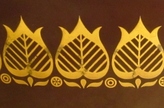
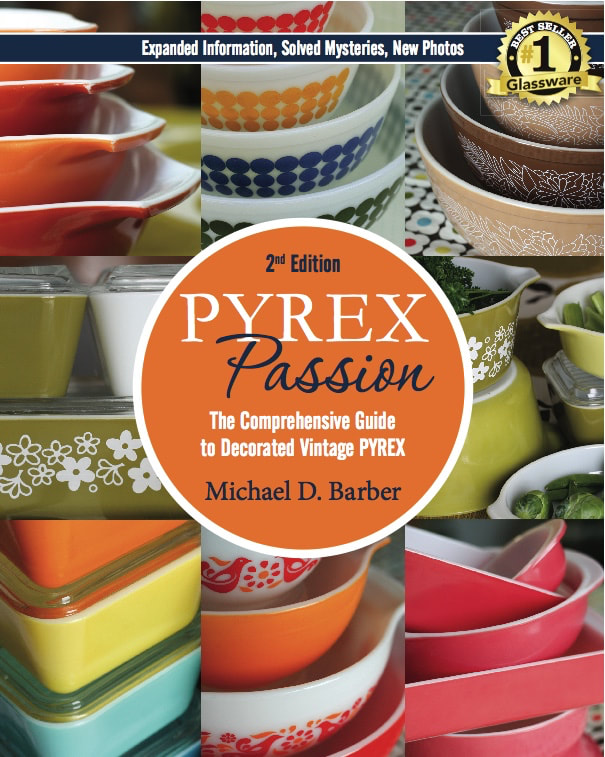
 RSS Feed
RSS Feed